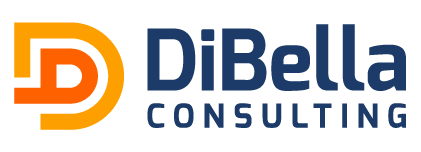The Honest Fact About Cash
As a small business owner, I can tell you with certainty you will underestimate the speed of debt accumulation and of revenue generation involved in your business. As you put your cash flow plan into place (yes, you need a plan) look for the lowest interest rates you can get. I foolishly used my company credit card thinking I would pay it off each month. That did not happen. I’m now looking at alternative debt management options to get my rate down to a manageable level. You should not avoid this process but use it to better manage your cash flow; especially during slow revenue generating periods. My slow revenue period is heading into its ninth month as of this blog post and I’m just instituting my plan. A debt reduction plan is straightforward but requires research. Here are some things to consider.
Funding Options To Consider
There are commercial options including secured and unsecured lines of credit and consumer options that include equity lines tied to property most often your home. If you don’t own, but rent/lease, the financial institution you’re talking to may require a cosigner who has property to put up as collateral. All options come with different renewal and duration terms (1-year auto renewal to 15-year hard stop). All also come with different variable interest rates. The rates for these options usually start at prime and move upwards (unfortunately). Rarely have I seen rates below prime, but it doesn’t hurt to ask. All this information may be overwhelming especially if you are an entrepreneur with a great product mind, but not so great of a business mind. Don’t worry. Just break your plan down into steps.
Six Steps Of A Debt Reduction Plan
1) What is your objective for the funds. To pay down debt, to fund product development, to fund business development, to acquire talent and staff or other 2) don’t use credit cards a long-term debt option – Don’t pay 15% interest on debt when you can pay 6% – accept this fact. 3) Be realistic about how much you need and how much you expect to pay back each month – do your research. 4) Prioritize paying off your debt above all other expenses, if possible. Push your accounts payable to the last day of the payment terms (net 30, net 45, net 60). 5), negotiate longer terms with your non debt creditors. Most creditors understand getting paid in 60 days vs 30 days is better than not getting paid at all. 6) Stick to your plan. If our objectives change, be certain steps 2, 3, and 4 still apply. If they don’t, you may be better off staying the course.
Always Ask For Help
Above all things, ASK FOR HELP! Talk to people – bankers, accountants, lawyers and other entrepreneurs to get their perspective. Feedback is good for perspective but understand all situations are different and the plan that works for someone else may not work for you. I think it’s always worthwhile to understand opinions you may not have considered.


Recent Comments